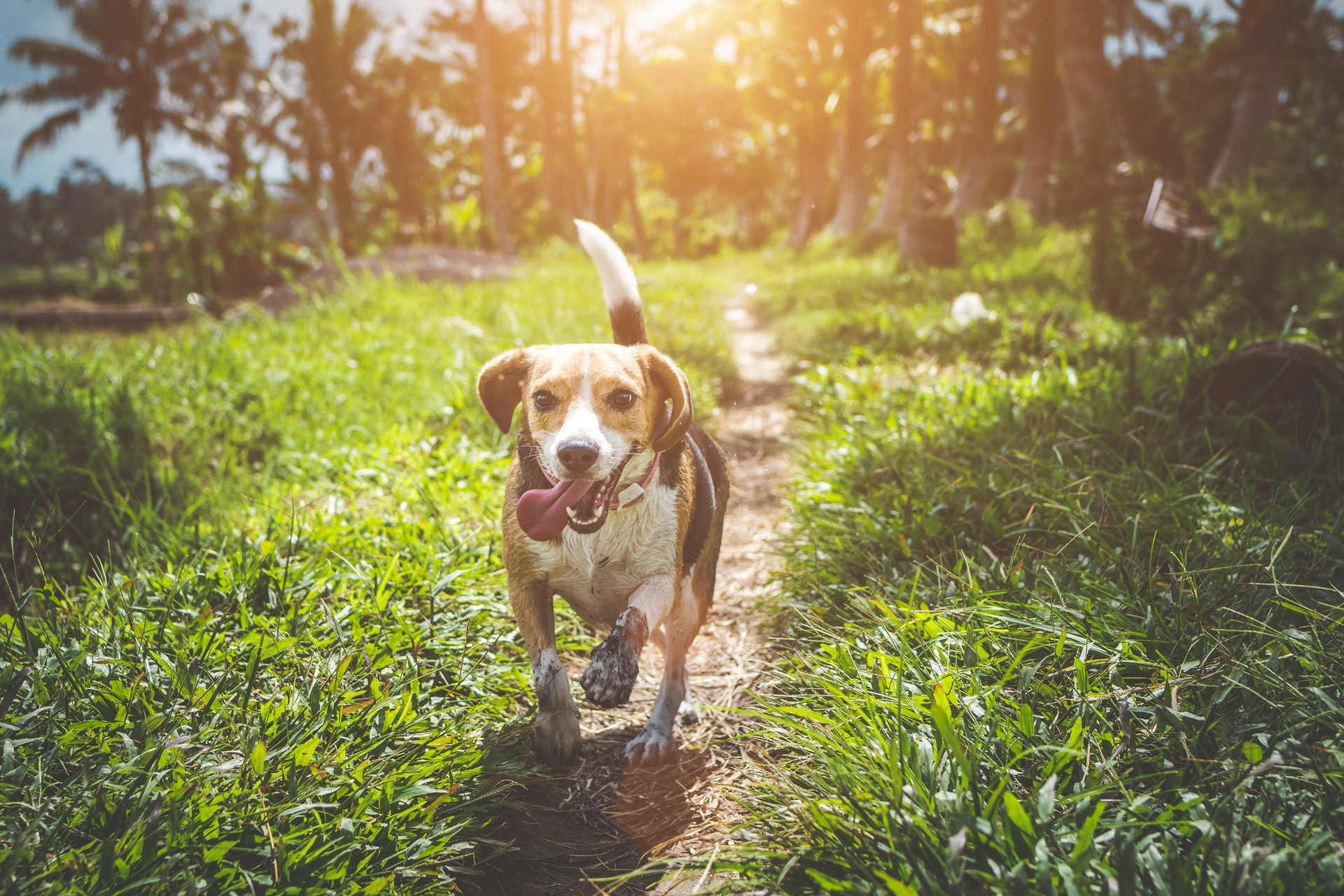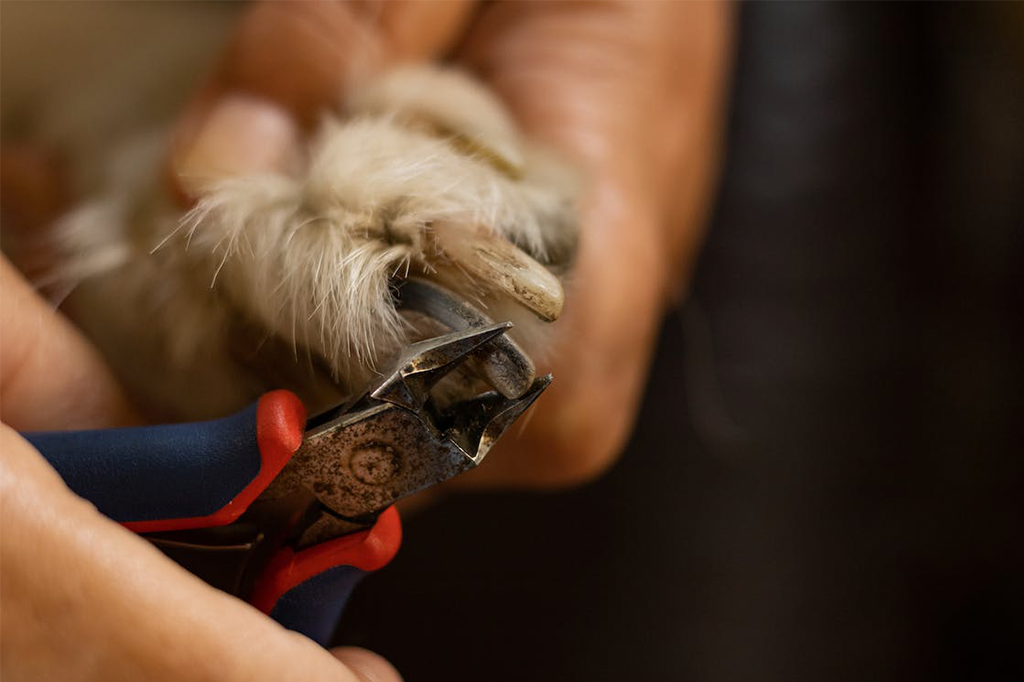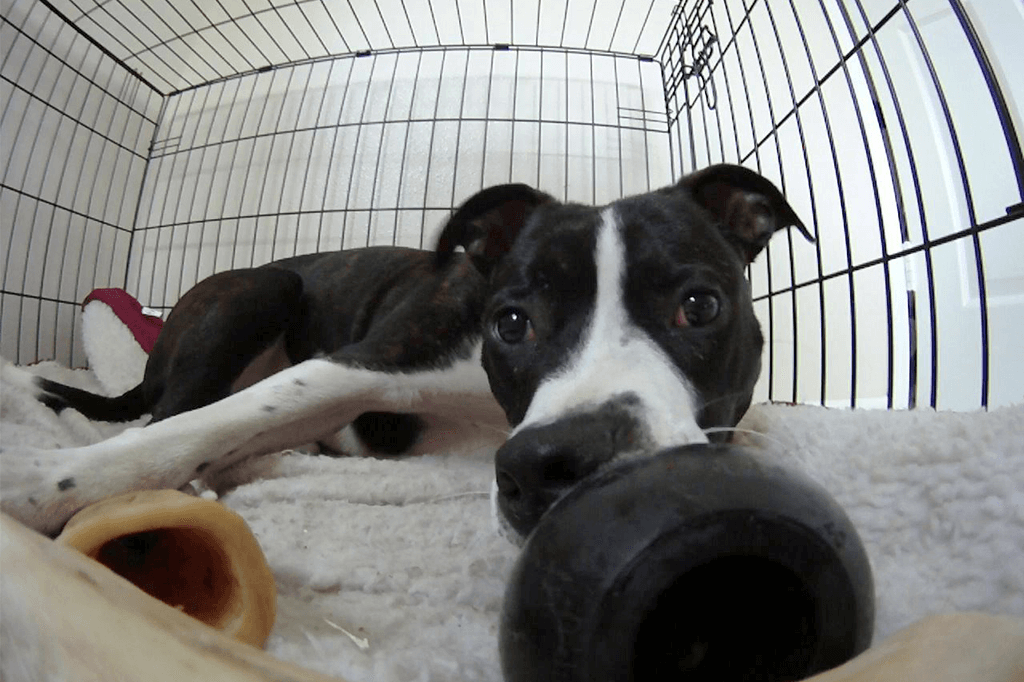Caring for Your Dog’s Teeth
Caring for your dog’s teeth is so important.
Why?
Because not only does poor oral health lead to bad breath and a build-up of plaque, but many dog dental issues can actually cause a variety of serious health problems, from heart disease to kidney failure.
By knowing how to properly care for your dog’s teeth, you will be able to avoid all of these problems and keep your pooch’s overall health in the best possible shape.
BRUSHING YOUR DOG’S TEETH
One of the easiest ways to keep your dog’s teeth in good condition is by brushing them regularly.
How do you do this?
By purchasing a special toothbrush. Finger toothbrushes can be especially useful, as they allow you to ensure that every tooth is getting enough attention.
When it comes to toothpaste…
A toothpaste designed for pets is crucial. These are available in a variety of different flavors so that your dog enjoys the experience more, and will also feature a formula that is safe for your dog to swallow.
You will need to hold the toothbrush at a 45 degree angle, so that the bristles are pointing towards your dog’s gums. Move this in circular motions, spending around a minute in total on the whole mouth.
Are you brushing your dog’s teeth for the first time?
Make sure that you do it after your dog has had some exercise, as this will mean that your pooch will be more relaxed, and therefore more likely to stay still. Keep the first few sessions short and enjoyable, ending them with a treat, as you need this to be a positive experience for your dog if you want to be able to brush your dog’s teeth in the long term.
How often should you be brushing your dog’s teeth?
Ideally, you should be brushing your dog’s teeth every day. This is especially important for breeds that are prone to peridontal disease, such as:
-
Yorkshire terriers
-
Pugs
-
Chihuahuas
-
Poodles
-
Pomeranians
-
Dachshunds
-
Greyhounds
However, if your dog’s oral health is already pretty good, and your dog’s breed isn’t prone to dental diseases, you could get away with brushing your dog’s teeth three times a week.
TEETH-CLEANING CHEW TOYS
There are many dog toys out there that are designed to help you with caring for your dog’s teeth.
How do they do this?
It all comes down to their texture, which is able to clean away excess plaque and tartar when the teeth rub against it. These toys are also great for strengthening and cleaning the gums, and can be especially useful for puppy teeth.
However, keep in mind that not any old toy will do…
Toys that are too hard can lead to tooth breakages, while abrasive toys can mechanically wear away the surface of your dog’s teeth. Toys that have been designed for teeth cleaning are best, but any non-abrasive toy can help to keep your pooch’s teeth sparkly white.
RAW BONES
There are so many dental dog treats out there, but the majority of these will actually do more harm than good.
Why?
Because many of these contain high amounts of sugar and other unwanted ingredients, all of which will only contribute to further dental problems. https://www.express.co.uk/news/nature/894768/dog-treats-warning-pets-fat-sugar-study
Fortunately, nature has provided a solution to this…
Raw meaty bones are great for naturally cleaning a dog’s teeth, while also providing a dog with hours of enjoyment. The key here is to make sure that the bones are completely raw. Any form of cooking at all can cause the bones to turn brittle, meaning that they may end up splintering and causing problems as they make their way down your dog’s digestive system. https://www.petmd.com/dog/nutrition/evr_dg_raw_bones_or_cooked_bones
Wondering if your dog’s dry food will help with caring for your dog’s teeth?
This is a huge myth, meaning that no, your dog’s kibble will not clean their teeth. That would be the same as saying that any crunchy foods will keep human teeth clean, and, as you likely already know, that isn’t true at all.
On the other hand, if you feed your pet a raw food diet, you have an advantage. The enzymes found in raw meat are quite effective at breaking down tartar and plaque. This is another reason as to why raw bones are useful when it comes to caring for your dog’s teeth.
PROFESSIONAL TEETH CLEANING
It is important for your pooch to regularly visit the vet when it comes to preventing dental disease and properly caring for your dog’s teeth. Ideally, you should be paying the vet a visit every six months to a year, depending on your dog’s overall health.
Your vet will be able to identify any early signs of dental disease, and then treat your pet accordingly. You may even notice some of the symptoms yourself, making a vet visit even more crucial.
What are the signs of dental disease in dogs?
They include:
-
Yellow or brown tartar
-
Reddened or bleeding gums
-
Loose teeth
-
Lumps or bumps in the mouth
-
Bad breath
If your vet notices any of these symptoms, they will likely need to sedate your pet in order to perform a full dental exam and take X-rays. Sedation is also necessary for your vet to clean your dog’s teeth and examine your dog for any signs of oral cancer. Of course, sedation does come with risks, which is something that you can avoid by ensuring that your dog’s teeth are kept as healthy as possible by you.
What about teeth cleaning procedures that don’t require anesthesia?
These are becoming increasingly popular, but tend to only bring about cosmetic results. This means that the deeper oral problems your dog faces will still be present, and will only end up getting worse as time goes on.
Around 80% of dogs over the age of 3 suffer from an oral disease, and this will only end up worsening if left untreated. Prevention is always better than cure when it comes to oral health, so taking the time now to properly care for your dog’s teeth will really pay off for the both of you in the long run.



